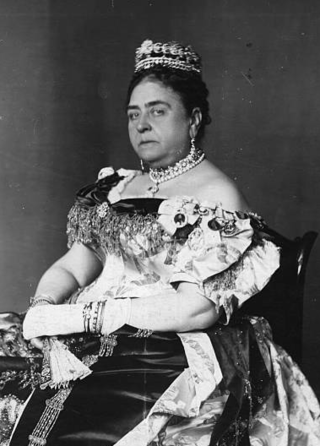
Princess Mary Adelaide of Cambridge, later known as the Duchess of Teck, was a member of the British royal family. She was one of the first royals to patronise a wide range of charities and was a first cousin of Queen Victoria.

Prince Augustus Frederick, Duke of Sussex, was the sixth son and ninth child of King George III and his queen consort, Charlotte of Mecklenburg-Strelitz. He was the only surviving son of George III who did not pursue an army or navy career. A Whig, he was known for his liberal views, which included reform of Parliament, abolition of the slave trade, Catholic Emancipation, and the removal of existing civil restrictions on Jews and Dissenters.

Princess Augusta of Cambridge was a member of the British royal family, a granddaughter of George III. She married into the Grand Ducal House of Mecklenburg-Strelitz and became Grand Duchess of Mecklenburg-Strelitz.
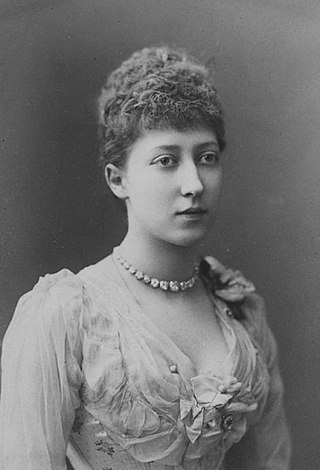
Louise, Princess Royal and Duchess of Fife was the third child and eldest daughter of King Edward VII and Queen Alexandra of the United Kingdom; she was a younger sister of King George V. Louise was given the title of Princess Royal in 1905. Known for her shy and quiet personality, Louise remained a low-key member of the royal family throughout her life.
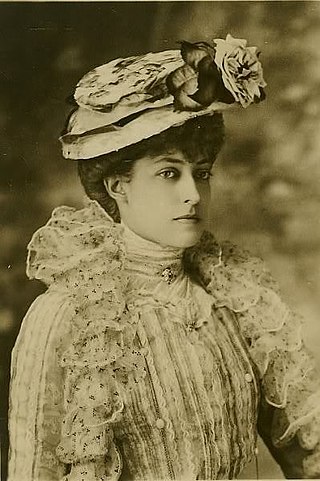
Princess Victoria was the fourth child and second daughter of King Edward VII and Queen Alexandra and the younger sister of King George V.

George V was the last king of Hanover, reigning from 18 November 1851 to 20 September 1866. The only child of King Ernest Augustus and Queen Frederica, he succeeded his father in 1851. George's reign was ended by the Austro-Prussian War, after which Prussia annexed Hanover.
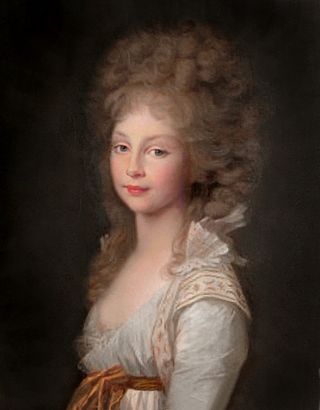
Frederica of Mecklenburg-Strelitz was Queen of Hanover from 20 June 1837 until her death in 1841 as the wife of King Ernest Augustus. She was a German princess who married successively Prince Louis Charles of Prussia, Prince Frederick William of Solms-Braunfels, and her first cousin Ernest Augustus. Through her 1815 marriage to Ernest, then Duke of Cumberland, Frederica became a British princess and Duchess of Cumberland. Ernest was the fifth son and eighth child of Queen Charlotte and King George III of the United Kingdom, Frederica's paternal aunt and her husband.

Clarence House is a royal residence on The Mall in the City of Westminster, London. It was built in 1825–1827, adjacent to St James's Palace, for the royal Duke of Clarence, the future King William IV.

Charlotte, Princess Royal, was Queen of Württemberg as the wife of King Frederick I. She was the eldest daughter and fourth child of George III of the United Kingdom and his wife, Charlotte of Mecklenburg-Strelitz.
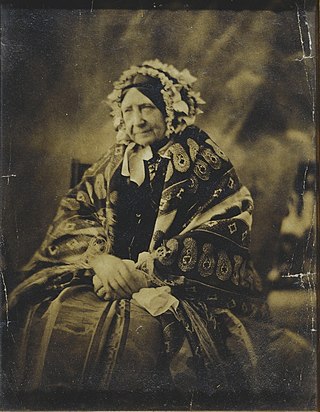
Princess Mary, Duchess of Gloucester and Edinburgh was the eleventh child and fourth daughter of King George III and his consort Charlotte of Mecklenburg-Strelitz.
A royal family order or royal family decoration is a decoration conferred by the head of a royal family to their female relations. Such a decoration is considered more of a personal memento than a state decoration, although it may be worn during official state occasions.

Princess Sophia was the twelfth child and fifth daughter of King George III and Queen Charlotte. Sophia is perhaps best known for the rumours surrounding a supposed illegitimate child to whom she gave birth as a young woman.
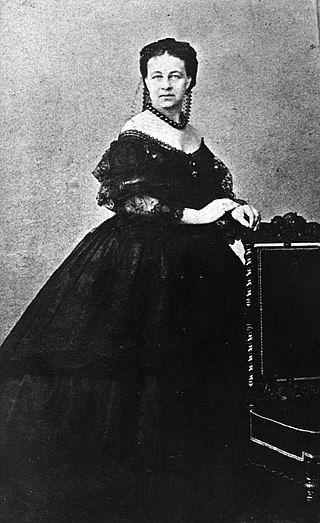
Marie of Saxe-Altenburg was Queen of Hanover from 18 November 1851 until 20 September 1866 as the wife of King George V. George V was a grandson of George III of the United Kingdom and his wife, Charlotte of Mecklenburg-Strelitz.

Princess Marie Luise Alexandrina of Saxe-Weimar-Eisenach was a princess of Saxe-Weimar-Eisenach, by birth, and, by marriage, a princess of Prussia. She was the daughter of Charles Frederick, Grand Duke of Saxe-Weimar-Eisenach and Grand Duchess Maria Pavlovna of Russia.

Duchess Marie of Mecklenburg-Strelitz was the eldest daughter of Adolf Friedrich V, Grand Duke of Mecklenburg-Strelitz and his wife Princess Elisabeth of Anhalt.

Adolphus Frederick V was reigning grand duke of Mecklenburg-Strelitz from 1904 to 1914.
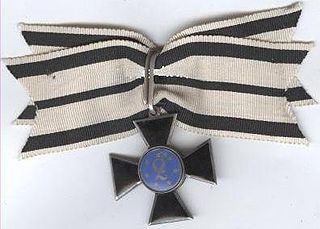
The Order of Louise was founded on 3 August 1814 by Frederick William III of Prussia to honor his late wife, the much beloved Queen Louise. This order was chivalric in nature, but was intended strictly for women whose service to Prussia was worthy of such high national recognition. Its dame companion members were limited to 100 in number, and were intended to be drawn from all classes.

St George's Chapel, formally titled The King's Free Chapel of the College of St George, Windsor Castle, at Windsor Castle in England is a castle chapel built in the late-medieval Perpendicular Gothic style. It is a Royal Peculiar, and the Chapel of the Order of the Garter. St George's Chapel was founded in the 14th century by King Edward III and extensively enlarged in the late 15th century. It is located in the Lower Ward of the castle.
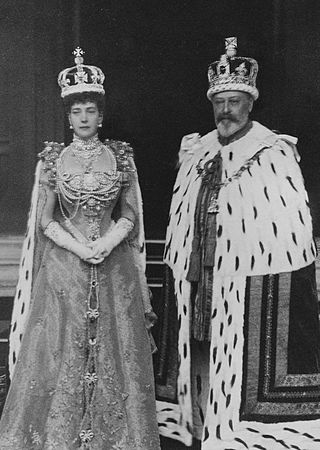
The coronation of Edward VII and his wife, Alexandra, as king and queen of the United Kingdom and the British Dominions took place at Westminster Abbey, London, on 9 August 1902. Originally scheduled for 26 June of that year, the ceremony had been postponed at very short notice, because the King had been taken ill with an abdominal abscess that required immediate surgery. In contrast to the coronation of Queen Victoria, Edward's mother and predecessor, some 64 years earlier, Edward and Alexandra's coronation had been carefully planned as a spectacle reflecting the influence and culture of the British Empire, then at the height of its power, but also as a meaningful religious occasion.

Victoria, Queen of the United Kingdom of Great Britain and Ireland and Empress of India, died on 22 January 1901 at Osborne House on the Isle of Wight, at the age of 81. At the time of her death, she was the longest-reigning monarch in British history. Her state funeral took place on 2 February 1901, being one of the largest gatherings of European royalty.




















